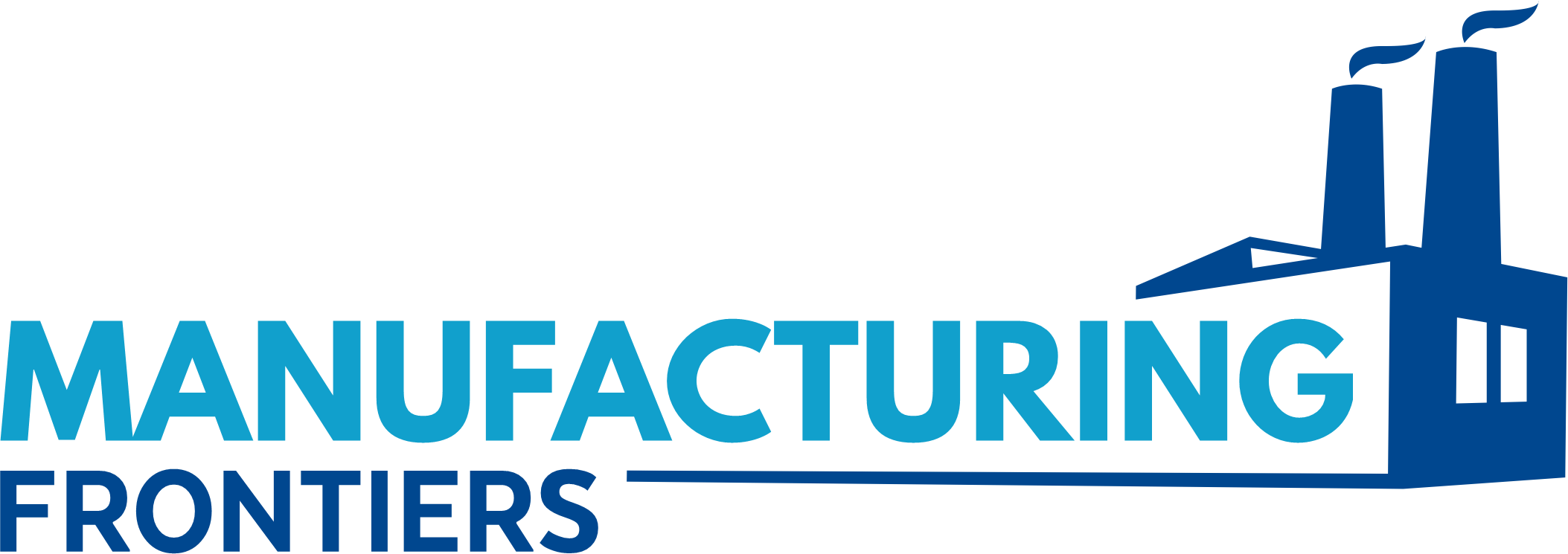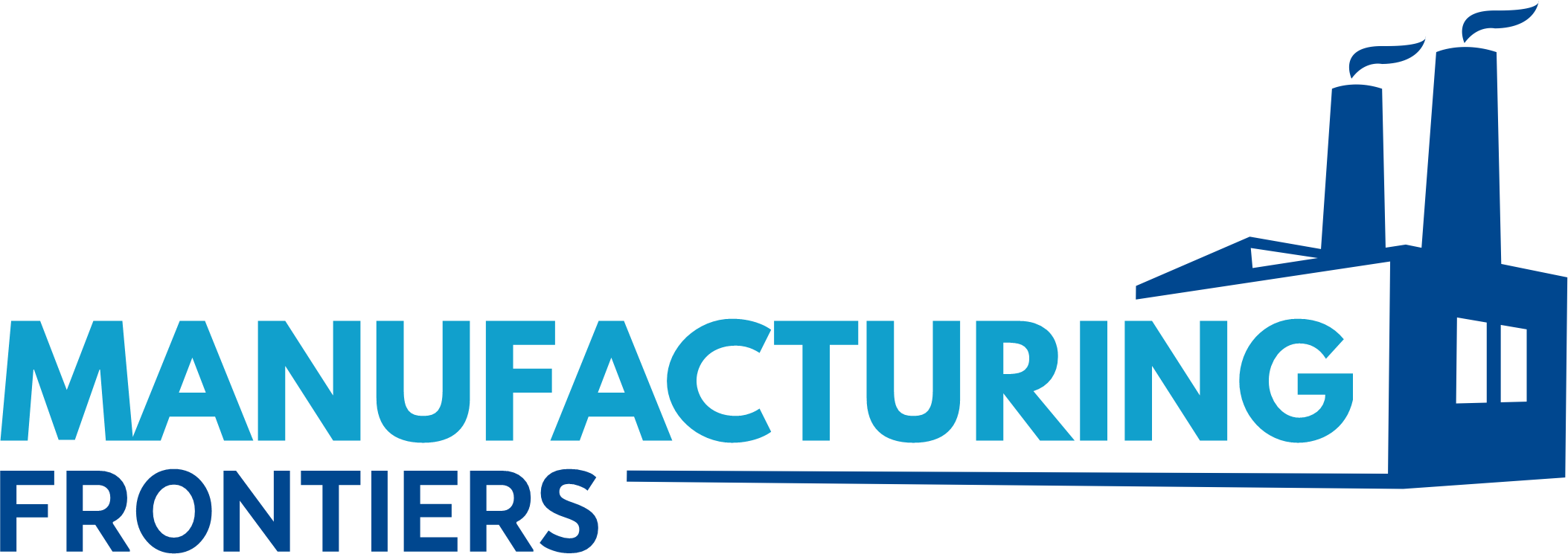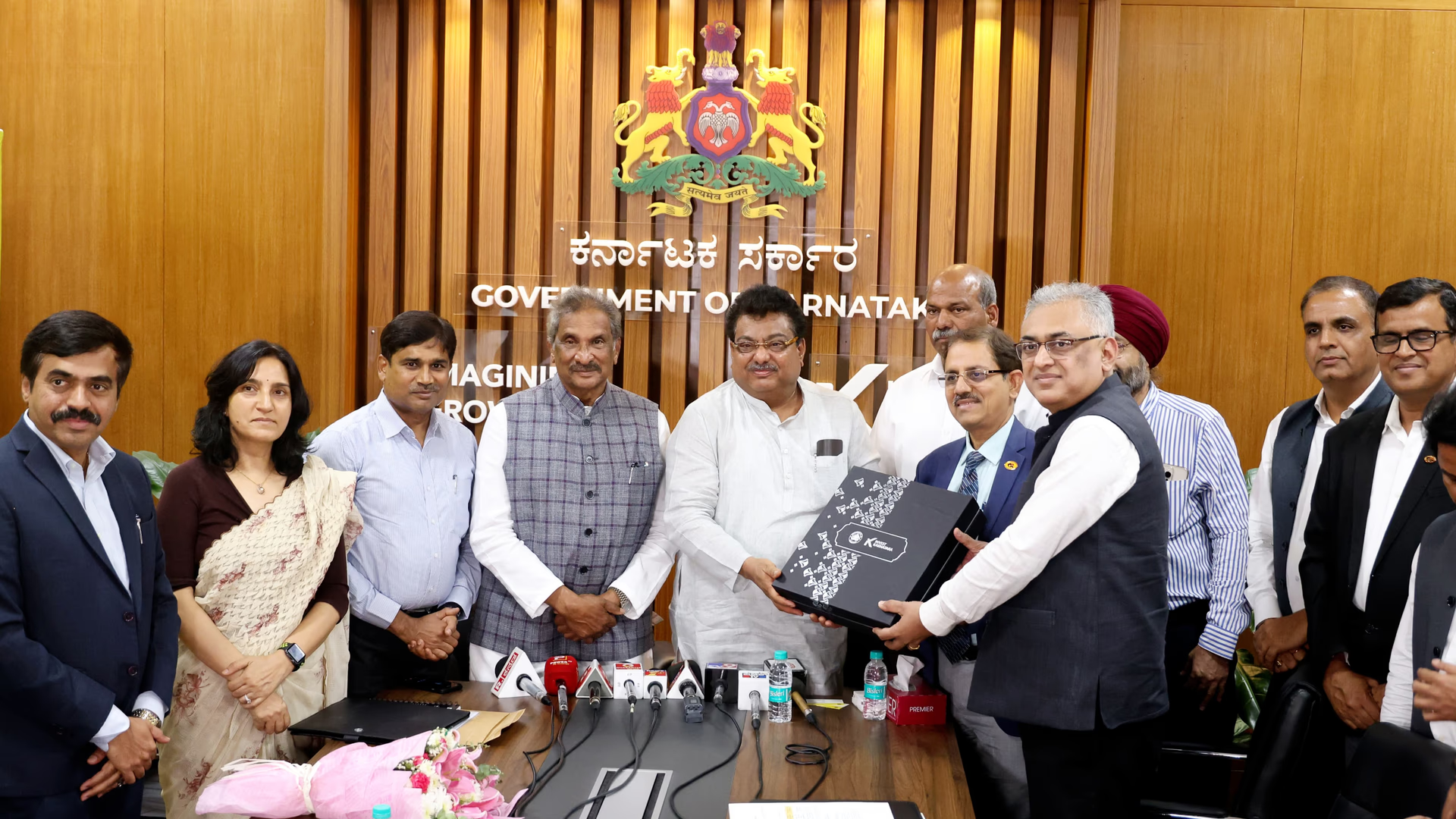error, and achieving scalability.
According to the 2023 Deloitte Global Robotics Survey, 85% of manufacturers reported that automation has played a significant role in improving operational efficiency, with a substantial return on investment. This data highlights the growing importance of integrating advanced automation and robotics into manufacturing processes to stay ahead in a rapidly changing market.
What is Automation & Robotics in Manufacturing?
- Automation refers to the use of control systems (such as computers or robots) to operate equipment in manufacturing plants, control processes, and systems without human intervention. This includes everything from conveyor systems to production lines that perform repetitive tasks more efficiently than human labor.
- Robotics involves the use of robotic systems or machines that can carry out tasks that were traditionally performed by humans. In manufacturing, robots are often used for tasks that are too dangerous, monotonous, or precise for human workers. Collaborative robots (cobots) have become popular in recent years, working alongside human workers to improve efficiency and productivity.
Key Benefits of Automation & Robotics in Manufacturing
- Increased Productivity
Automation and robotics allow manufacturers to perform tasks faster and with fewer errors, resulting in higher productivity. Machines do not require breaks and can work continuously, leading to more products being made in a shorter amount of time. For instance, Tesla’s production line uses automation to assemble vehicles much faster compared to manual assembly processes. - Reduced Operational Costs
Over time, automation and robotics can significantly reduce operational costs. Though the initial investment in robots and automation systems may be high, the long-term savings on labor, reduced downtime, and improved throughput provide a solid return on investment. FANUC, a leader in industrial robotics, has helped companies reduce labor costs by automating repetitive tasks like welding and material handling. - Improved Quality and Precision
Robots and automated systems are far less prone to human error, ensuring a higher level of consistency and product quality. Automated systems can also be fine-tuned to produce complex designs with exceptional precision. Companies like BMW and Ford utilize robots to perform critical tasks like welding and assembly, ensuring product consistency across large-scale production runs. - Enhanced Safety
Manufacturing environments can be dangerous, with workers exposed to heavy machinery, hazardous materials, or repetitive motion injuries. Robots can handle dangerous tasks, such as welding, cutting, or working with hazardous chemicals, reducing the risk to human workers. The introduction of cobots allows for shared tasks between robots and humans, improving safety and reducing strain on employees. - Scalability and Flexibility
Automation and robotics enable manufacturers to scale production without the need to drastically increase their workforce. Robots and automated systems can be reprogrammed or reconfigured for different tasks, offering flexibility to adapt to changing market demands. Amazon Robotics uses a fleet of robots in its warehouses that can be quickly adapted to manage various types of goods as business needs evolve. - Supply Chain Optimization
Automation plays a crucial role in optimizing supply chains by reducing lead times, improving inventory management, and enhancing material handling. For instance, Siemens uses automation to control its entire manufacturing process, from production planning to quality control, streamlining the entire value chain.
Emerging Trends in Automation & Robotics
- Collaborative Robots (Cobots)
Cobots are robots designed to work alongside human operators. Unlike traditional robots, which are isolated from humans for safety reasons, cobots are designed with safety features, such as sensors and force limiters, allowing them to work side by side with human workers. This collaboration allows workers to focus on more complex tasks while robots handle repetitive or physically demanding work. Universal Robots, a leading cobot manufacturer, has been widely adopted in industries ranging from electronics to food production. - Artificial Intelligence (AI) Integration
The integration of AI with robotics and automation has revolutionized manufacturing processes. AI-powered robots can learn from their environment, adapt to changes, and make real-time decisions without human input. AI-driven predictive maintenance tools, for instance, can anticipate machine failures before they occur, ensuring continuous production and reducing downtime. - Robotic Process Automation (RPA) for Administrative Tasks
Robotic Process Automation (RPA) refers to the use of software robots or "bots" to automate administrative and office-related tasks like data entry, invoice processing, and supply chain tracking. While this is not strictly a physical robot, RPA has found a place in improving back-office functions, streamlining workflows, and reducing operational costs. Blue Prism and UiPath are pioneers in RPA technologies, helping companies automate repetitive office tasks. - 3D Printing and Additive Manufacturing
Robotics is also being combined with 3D printing technologies in manufacturing. The use of additive manufacturing allows companies to produce complex, customized products with minimal waste and reduced lead times. In aerospace and automotive sectors, companies like GE Aviation use 3D printing in their manufacturing processes, creating parts with intricate designs and reducing material costs.
Challenges in Implementing Automation & Robotics
- High Initial Investment
The upfront cost of implementing automation and robotics systems can be prohibitive, particularly for small and medium-sized enterprises (SMEs). However, as technology becomes more accessible and affordable, the barriers to entry are lowering, allowing more companies to embrace automation. - Skills Gap
The integration of automation and robotics requires specialized skills to design, implement, and maintain these systems. Manufacturers must invest in upskilling their workforce or hire specialized talent to ensure successful implementation and maintenance. Training programs and partnerships with educational institutions can help bridge the skills gap. - Technology Integration and Compatibility
Integrating new robotic systems into existing manufacturing setups can be a complex process, especially when legacy systems are involved. Ensuring compatibility between new and old technologies is crucial for seamless operation and achieving maximum efficiency. - Security Risks
The increased use of automation and robotics raises concerns about cybersecurity. As robots become more connected and integrated with other systems, the risk of cyberattacks increases. Manufacturers must implement strong cybersecurity measures to protect their automated systems from potential threats.
Case Studies: Successful Implementation of Automation & Robotics
- Tesla’s Gigafactories
Tesla’s Gigafactories are a prime example of automation in the automotive sector. The factories employ advanced robotics for various processes, including battery production, vehicle assembly, and quality control. This high level of automation has enabled Tesla to scale production while maintaining high quality and reducing labor costs. - Amazon’s Robotics in Warehouses
Amazon uses an extensive network of robots to automate order fulfillment in its warehouses. The Kiva robots navigate through warehouse floors, carrying shelves of products to human workers who pick and pack orders. This system has drastically improved order processing times and reduced the risk of human error. - BMW’s Robotic Paint Shop
BMW utilizes automation in its paint shop, where robots apply paint to car bodies with high precision and consistency. The robots are equipped with vision systems to ensure even coverage and to minimize waste. This use of robotics has improved both quality and environmental sustainability by reducing the amount of paint used.
Conclusion
The integration of automation and robotics into manufacturing operations has become a vital strategy for companies looking to improve efficiency, reduce costs, and remain competitive. With increasing adoption of AI, cobots, and 3D printing, the future of manufacturing looks even more automated, precise, and productive. As manufacturers continue to innovate and embrace these technologies, they will unlock new levels of operational excellence, quality, and scalability, ensuring their place in an ever-evolving global market.









